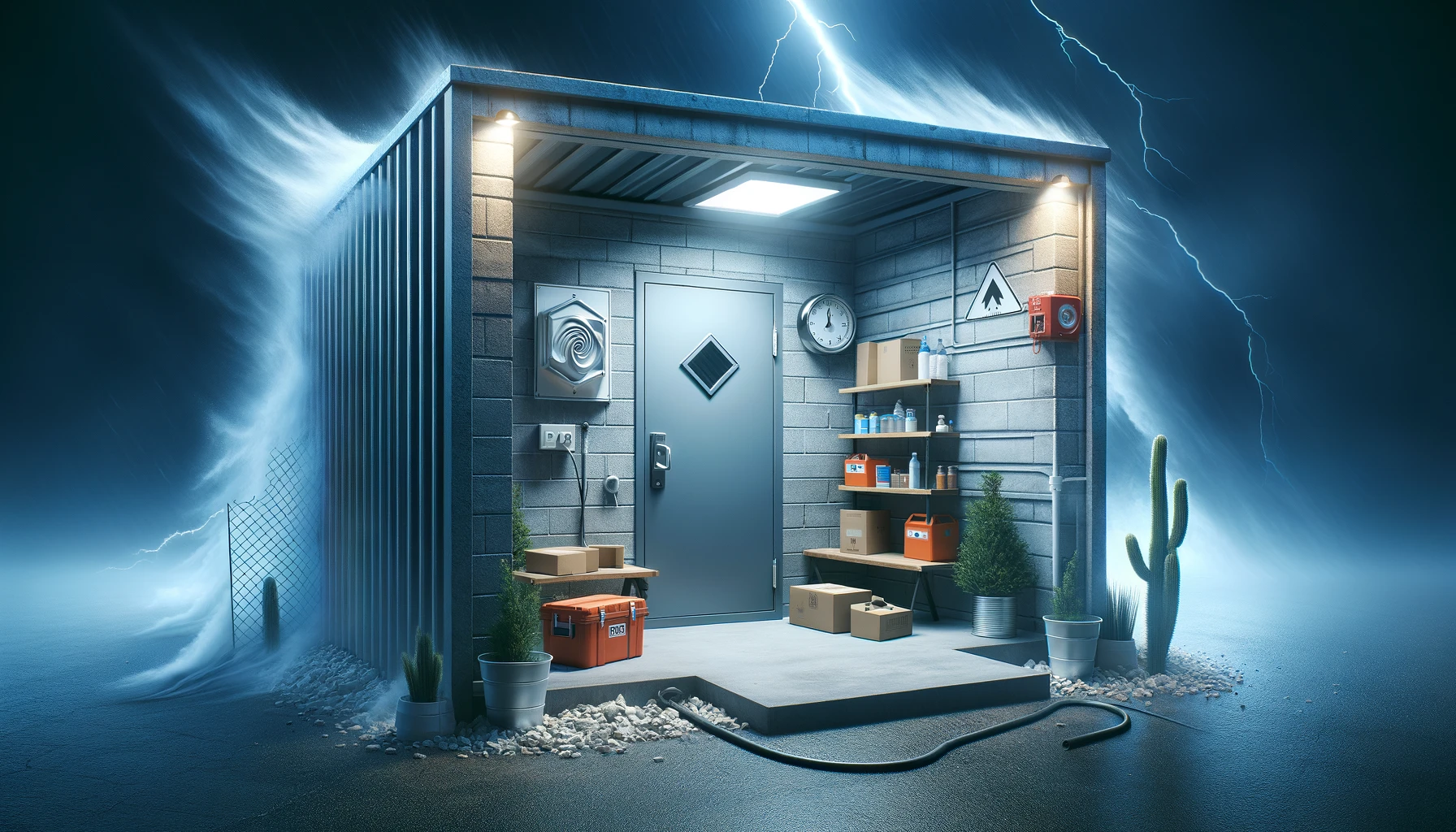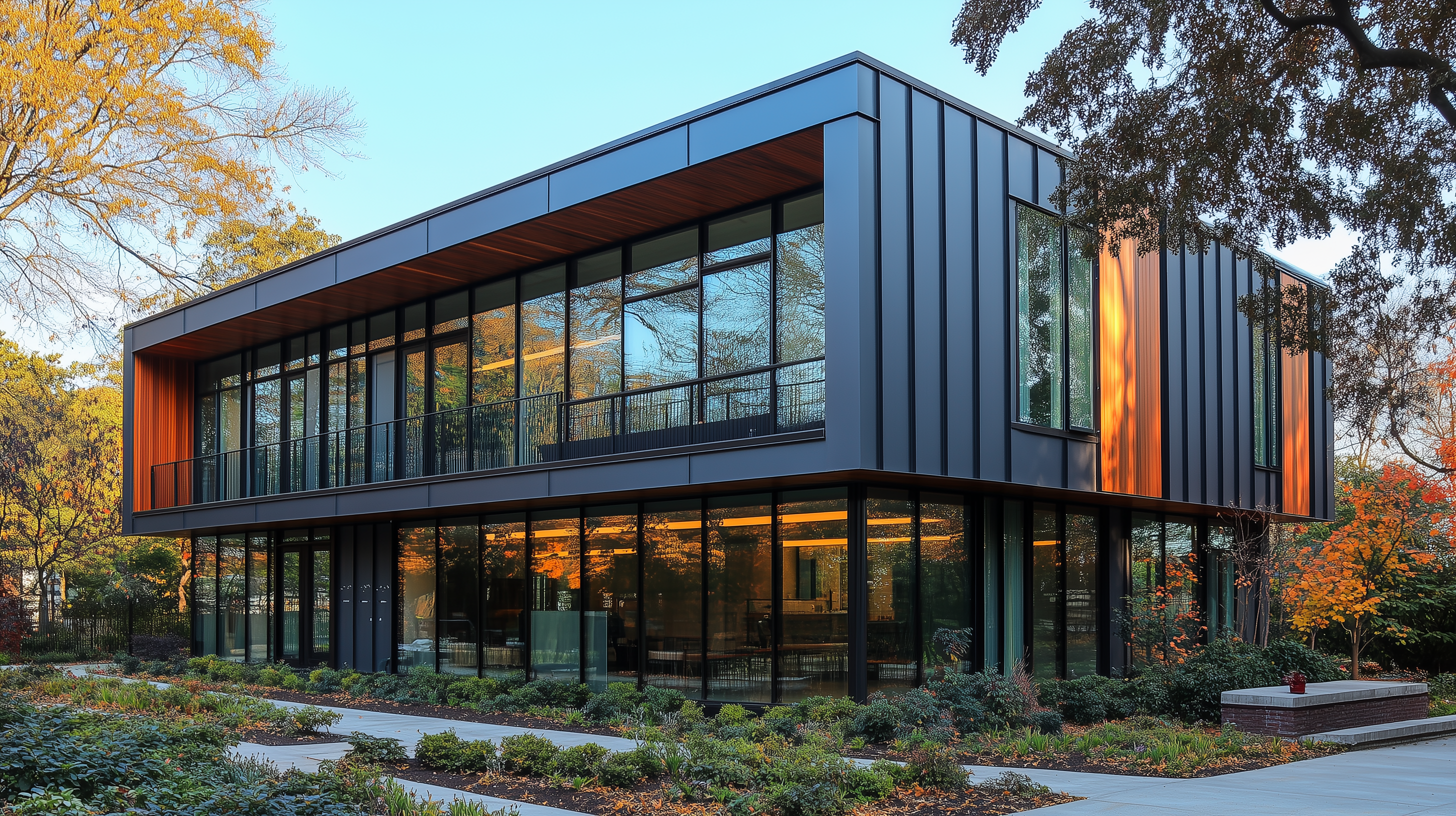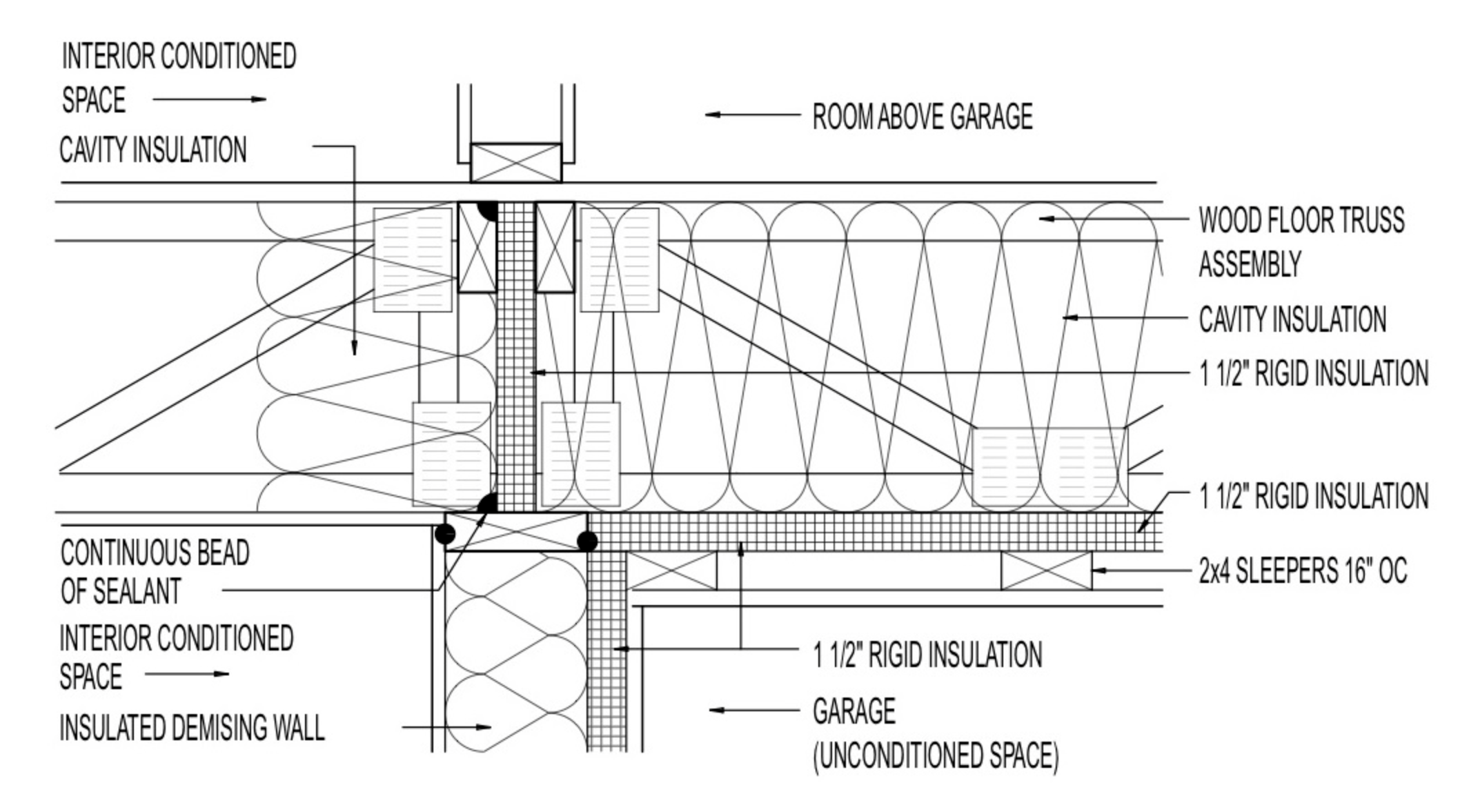Storm shelters play a critical role in safeguarding lives and property during severe weather events. They provide a safe haven from tornadoes, hurricanes, and other natural disasters, offering a sense of security to those seeking refuge within their walls. To ensure the highest standards of safety and functionality, the International Code Council (ICC) periodically updates its guidelines for the construction and design of storm shelters. In 2020, the ICC released ICC 500-2020, bringing significant changes and enhancements to the existing standards.
Introduction
- Published by the International Code Council (ICC) and the National Storm Shelter Association (NSSA).
- A referenced standard in the International Codes (I-Codes).
- Developed to codify design and construction requirements for tornado and hurricane storm shelters.
- First published in 2008 and updated in 2014 and 2020.
- Provides minimum requirements for safeguarding public health, safety, and welfare related to storm shelter design and construction.
Application and Administration
- Specifies information required on submittal documents sealed by a registered design professional.
- Includes provisions for quality assurance plans, contractor responsibilities, peer review, special inspection, and structural observations.
- New requirements added for owner responsibilities and evaluation, maintenance, and repair of existing shelters.
- Mandatory labeling requirements for impact-protective systems (IPS).
Structural Design and Testing Criteria
- Requires testing when the capacity of the storm shelter envelope cannot be determined by calculations.
- Specifies load requirements based on ASCE 7, including wind loads, rain loads, floor live loads, roof live loads, hydrostatic loads, and flood loads.
- Addresses resistance to wind-borne debris hazards through missile impact testing.
- Defines laydown and falling debris hazards and requires shelters to resist impact loads from them.
- Limits on joints, gaps, voids, and penetrations in the storm shelter envelope are provided.
- Foundation and slab design requirements.
Siting
- Criteria based on shelter type and location in flood hazard areas.
- Flood siting restrictions apply to all storm shelters.
- Maximum travel distance requirements for residential tornado storm shelters.
Occupant Density, Access, Accessibility, Egress, and Signage
- Occupant density tables and criteria for community and residential storm shelters.
- Provisions for accessibility, egress doors, emergency escape openings, and signage.
- Latching mechanism requirements for IPS.
- Requirements for easily identifiable storm shelter signage.
Fire Safety
- Fire protection systems not required to be protected from storm shelter design event.
- Fire-resistant rated construction requirements for community storm shelters.
- Fire extinguisher requirements for community storm shelters.
Essential Features and Accessories
- Requirements for water closets, lavatories, and drinking water.
- Rainfall drainage requirements.
- Ventilation requirements for tornado and hurricane storm shelters.
- Critical support systems, including emergency lighting and standby power.
Test Methods
- Specifies missile impact and pressure testing requirements.
- Provides pass/fail criteria for required storm shelter testing.
Significant Changes in the 2020 Edition
- Addition of a ‘General’ section to each chapter for scope and general provisions.
- Appendix A added for Storm Shelter Preparedness and Emergency Operations Plan (SSPEOP).
- Reorganization of Chapters 5 and 7 for clarity.
- Weather protection and shelter grounding and bonding moved to Chapter 7.
- Occupant-driven triggers for community storm shelter requirements changed to “50 or greater occupants.”
- New Section 108.3 requires disclosure of potential conflicts of interest for peer reviewers.
- New Section 109.4 requires written documentation of peer reviewer qualifications.
- New Section 109.5.1 addresses design changes after peer review.
- New Section 113 covers evaluation, maintenance, and repair of existing community storm shelters.
- Updates to rain load maps, floor live loads, and roof live loads.
- Revised hurricane storm shelter design wind speed map.
- Separate design wind speed map for Alaskan storm shelters.
Chapter 3, Design and Construction
- Section 305, Debris Hazards:
- Section 305.3 now focuses on laydown and falling debris hazards.
- Section 305.3.3 introduces a minimum impact load factor of 2.0 for laydown or falling debris hazards.
- Section 306, Component Design and Testing:
- Section 306.4.1.3 specifies anchorage requirements for IPS (Impact Protective Systems).
- Section 306.5 includes an exception for precast concrete panel joints.
- Section 306.6 allows larger circular penetrations in the storm shelter envelope.
Chapter 4, Siting
- Former Section 402, Hazardous Materials: Deleted due to concerns about construction delays.
- Section 402, Flood Criteria:
- New Section 402.1 includes a table to determine if flood criteria apply based on location.
- New Section 402.3 provides an approach for determining flood elevations and floodway locations.
- Section 402.5 covers all storm shelters and adds Coastal A Zones to restricted high-risk flood areas.
- Section 402.6 expands criteria for minimum floor elevations, considering hurricane and tornado shelters separately.
- Section 403, Maximum travel distance for tornado shelters: Expanded to include community tornado shelters in educational occupancies.
Chapter 5, Occupant Density, Access, Accessibility, Egress, and Signage
- Section 502, Occupant Density in Community Storm Shelters:
- Introduces the term “design occupant capacity” to replace “occupant load.”
- Permits combining methods to calculate usable floor area.
- Section 508, Signage:
- Design information signage applies to all storm shelters.
- New sections provide detailed requirements for directional signage.
- New Section 508.7 requires perimeter signage for shelter exits.
Chapter 6, Fire Safety
- New Section 602.1, Fire Protection Systems: Fire protection systems no longer need to remain functional during the design storm event.
- Section 603.1, Fire separation: Clarifies requirements for fire-resistance ratings and exceptions.
- New Section 603.1.1, Doors and shutters: Doors and shutters for fire separation aren’t required to be automatic or self-closing.
Chapter 7, Storm Shelter Essential Features and Accessories
- Sections 702.3 and 703.3, Water Closets and Lavatories:
- Reference IPC for allocation of fixtures.
- Urinals permitted as water closets.
- Requirement for separate water closet compartments.
- Sanitation support methods for tornado shelters removed.
- Sections 702.4 and 703.6, Ventilation: Specify mechanical vents connected to standby power.
- Sections 702.5.1 and 703.7.1, Standby power capacity: Clarified standby power requirements.
- Sections 702.6 and 703.8, Electrical grounding and bonding: Updated to require bonding and grounding where needed.
- Sections 702.7 and 703.9, First aid kits: Now require first aid kits compliant with ANSI/ISEA Z308.
Chapter 8, Test Methods for Impact and Pressure Testing
- Section 802, Test Specimens: Testing for fire-resistance rating added.
- Section 803, Impact Testing: Changes in missile properties and impact testing criteria for various door assemblies.
- Section 805, Static and pressure testing procedures: Reorganized without substantial changes.
NEW Appendix A, Storm Shelter Preparedness and Emergency Operations Plan (SSPEOP)
- Provides criteria for a preparedness and emergency operations plan for community storm shelters.
As we conclude our exploration of the updates in ICC 500-2020, one thing becomes clear: these changes are designed to make storm shelters even safer and more effective in protecting lives and property. From enhanced missile impact testing to improved sanitation support, ICC 500-2020 is a significant step forward in ensuring the reliability of storm shelters.
For builders and designers, it’s essential to stay updated with these revisions and incorporate them into your shelter projects. For those who rely on storm shelters during severe weather events, knowing that these standards are in place should provide added peace of mind.
In a world where natural disasters can strike at any moment, storm shelters stand as beacons of safety. With the right design, construction, and adherence to updated codes like ICC 500-2020, we can continue to rely on these shelters to protect us when we need them most.
For immediate service or consultation, you may contact us at Allied Emergency Services, INC.
Contact Information:
- Phone: 1-800-792-0212
- Email: Info@AlliedEmergencyServices.com
- Location: Serving Illinois, Wisconsin, and Indiana with a focus on the greater Chicago area.
If you require immediate assistance or have specific questions, our human support is readily available to help you.
Disclaimer: This article is intended for informational purposes only. For professional advice, consult experts in the field










